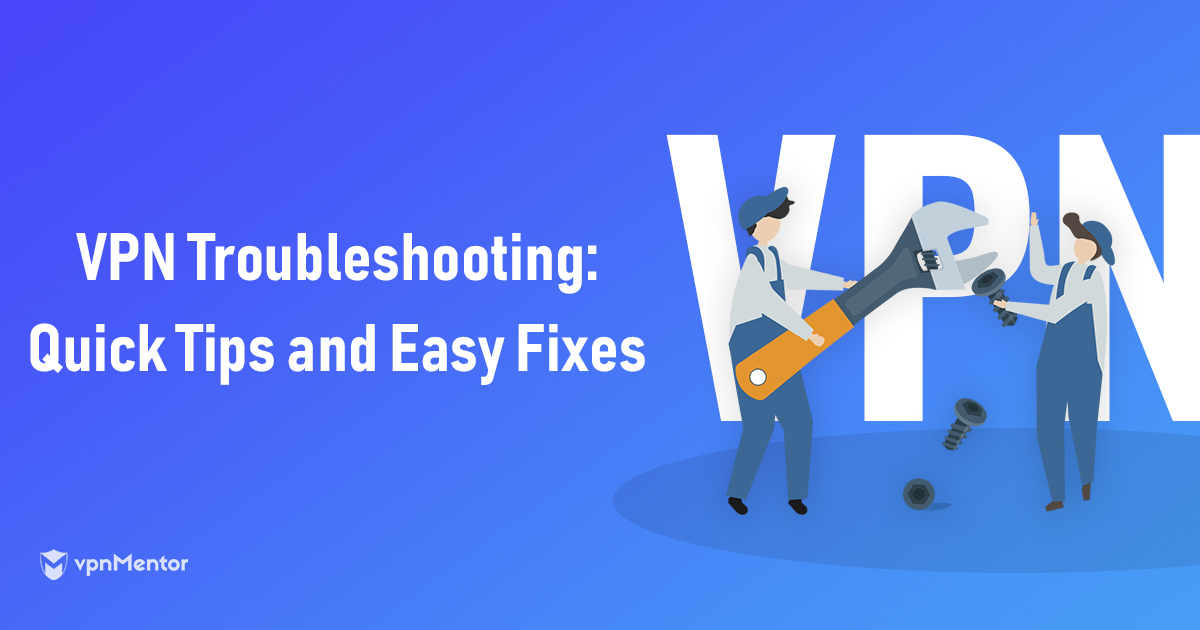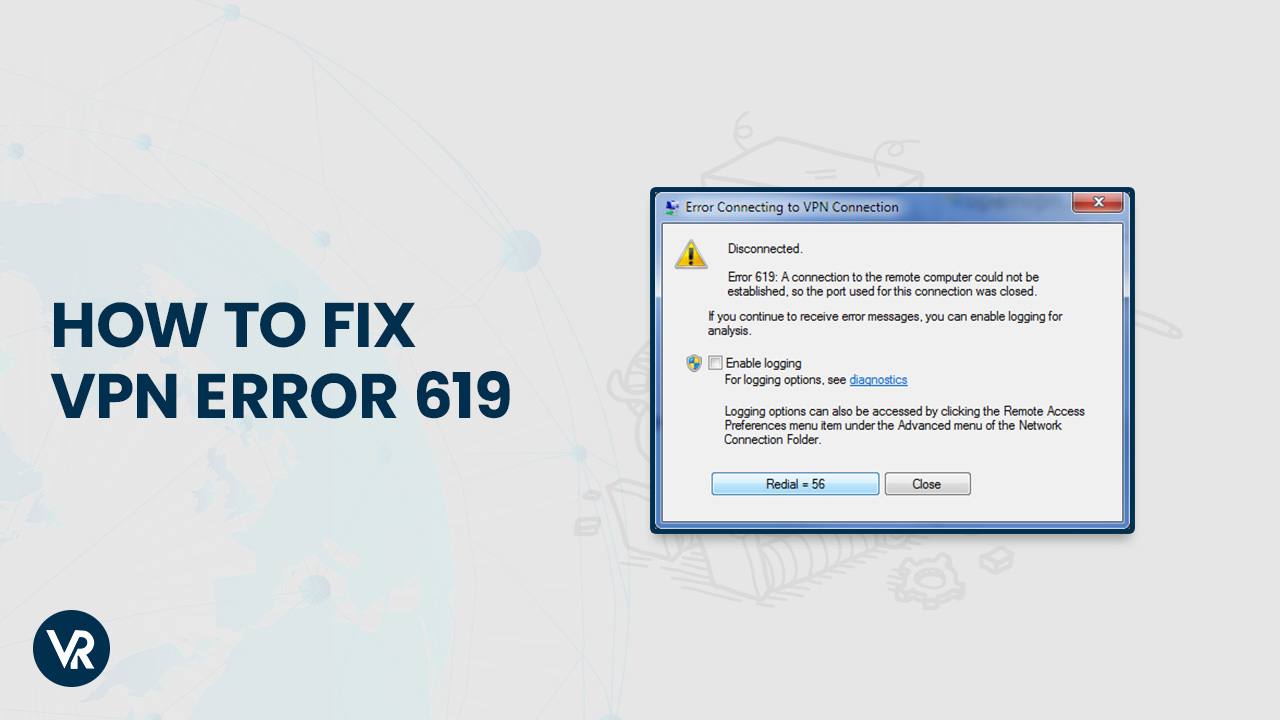Featured
Table of Contents
Vpn Stopped Working: Here Are 4 Quick Tips To Get It Back

The Routing and Remote Access snap-in lives within the Microsoft Management Console, referred to as the MMC. There are multiple methods to access the MMC. You can select the console from the Start menu's Programs alternatives, within the Administrative Tools folder within Windows server's Control board or by typing mmc at a command prompt.
As Tech, Republic's Brandon Vigliarolo demonstrates within his video at the start of this post, the Services console shows the status of the Routing and Remote Access entry. From within the Services console and with the Routing and Remote Gain access to entry highlighted, you can click Start the Service or right-click the entry and select Restart.
Often the VPN customer and VPN server are set to utilizing various authentication approaches. Confirm whether an authentication mistake is the problem by opening the server console. Yet another approach of accessing the MMC is to type Control+R to open a command timely in which you can type mmc and struck Go into or click OK.
If the entry isn't present, click File, select Add/Remove Snap-in, select the Routing and Remote Access choice from the choices and click Include, then OK. With the Routing and Remote Gain access to snap-in added, right-click on the VPN server and click Residences. Then, evaluate the Security tab to validate the authentication approach.
Common Vpn Connectivity Issues
Make sure the VPN customer is set to the authentication approach defined within the Security tab. Normally the products just evaluated are responsible for a lot of VPN connection refusal mistakes.
Each Web-based VPN connection generally utilizes 2 various IP addresses for the VPN customer computer. This is the IP address that's used to develop the preliminary TCP/IP connection to the VPN server over the Web.

This IP address usually has the exact same subnet as the regional network and therefore allows the client to communicate with the local network. When you set up the VPN server, you should set up a DHCP server to assign addresses to clients, or you can develop a bank of IP addresses to designate to customers straight from the VPN server.


If this alternative is picked and the effective remote access policy is set to allow remote gain access to, the user will be able to connect to the VPN. Although I have been not able to re-create the situation personally, I have heard rumors that a bug exists in older Windows servers that can cause the connection to be accepted even if the effective remote access policy is set to deny a user's connection.
Vpn Not Working On Windows - Common Errors & Fixes

Another common VPN issue is that a connection is effectively established however the remote user is unable to access the network beyond the VPN server. By far, the most common cause of this issue is that consent hasn't been approved for the user to access the whole network. To allow a user to access the entire network, go to the Routing and Remote Gain access to console and right-click on the VPN server that's having the issue.
At the top of the IP tab is an Enable IP Routing check box. If this check box is enabled, VPN users will have the ability to access the rest of the network, assuming network firewall softwares and security-as-a-service settings allow. If the checkbox is not picked, these users will be able to access just the VPN server, but nothing beyond.
For instance, if a user is calling straight into the VPN server, it's generally best to set up a fixed route in between the client and the server. You can set up a fixed route by going to the Dial In tab of the user's residential or commercial properties sheet in Active Directory site Users and Computers and selecting the Apply A Fixed Path check box.
Click the Add Path button and after that enter the location IP address and network mask in the space supplied. The metric must be left at 1. If you're using a DHCP server to appoint IP addresses to customers, there are a couple of other problems that could trigger users not to be able to exceed the VPN server.
Troubleshooting Tough Vpn Problems - Strongvpn
If the DHCP server appoints the user an IP address that is currently in use elsewhere on the network, Windows will spot the conflict and prevent the user from accessing the remainder of the network. Another typical problem is the user not receiving an address at all. Many of the time, if the DHCP server can't appoint the user an IP address, the connection won't make it this far.
254.x. x range. If the client is designated an address in a range that's not present within the system's routing tables, the user will be not able to browse the network beyond the VPN server. Other concerns can contribute to this issue, too. Make sure the resources the user is attempting to access are actually on the network to which the user is linking.
A VPN connection to the other subnet might, in fact, be required. A firewall or security as a service option might likewise be to blame, so don't forget to examine those services' settings, if such parts exist in between the VPN server and the resources the user looks for to reach.
The very first possibility is that one or more of the routers included is performing IP packet filtering. I advise examining the client, the server and any machines in between for IP packet filters.
Latest Posts
Business Vpn For Small & Enterprise Companies
What Is A Business Vpn? │ Business Vpn Uses And ...
5 Best Vpns For Mobile Data To Protect Your Privacy